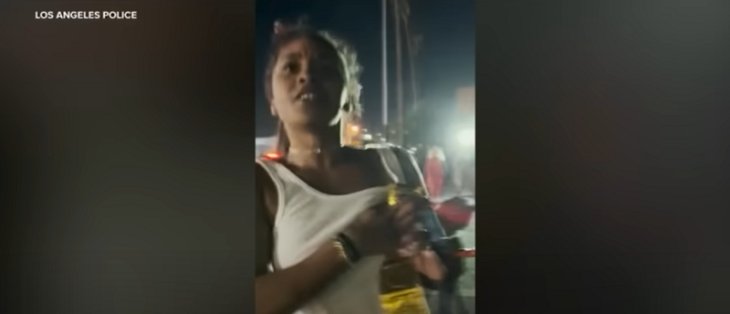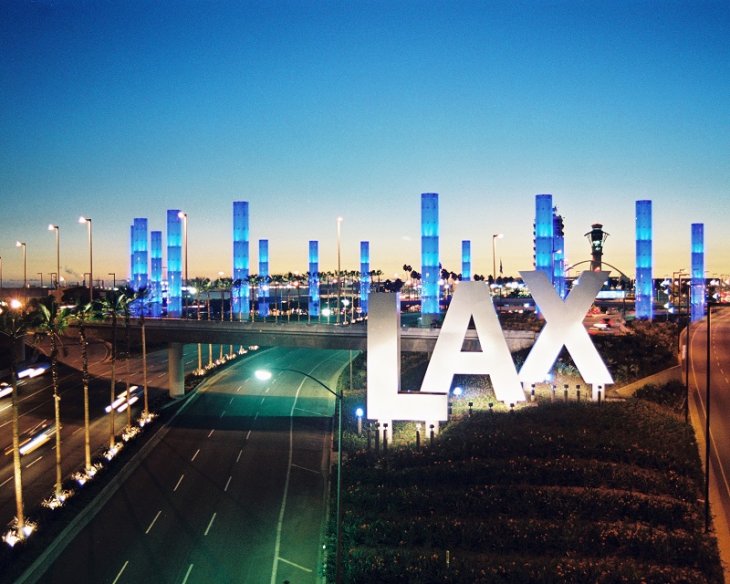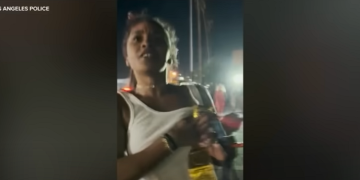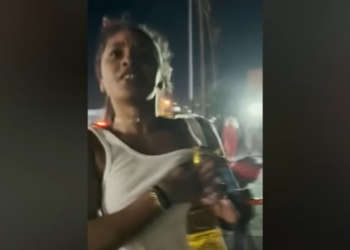By Samuel Tolkin
In the economic downturn of the early 1990s, I was asked to help craft a Q&A video to be aired on public television regarding the demise of suburban shopping centers. My extensive background in urban design and planning came in quite handy. They wanted my thoughts on the repurposing of these structures. I believed then as I do now that many shopping centers had the potential to become real town centers for their communities. A housing component, as well as a variety of neighborhood commercial uses, i.e., supermarkets, shoe repair, and healthcare and recreational services, could be added to both urban and suburban shopping centers. The corridors and central open spaces would be used as small community plazas where meetings and events could be held for residents to gather.
Integral to this concept was the idea that these centers would become the hub for local transit. Small buses would be used to bring residents to the development. Some of the new housing would be for the emerging active elderly residents of these areas and would be affordable. Residents who wanted to downsize their living arrangements could exchange these for close in apartment living and easy access to transit. Even though Santa Monica is not a suburban small-town community, and is part of a much larger, mostly urban, metropolitan area, some lessons of that time can still apply.
Here in our downtown, with millennials preferring iPhones and iPads for their shopping, the revolution in e-commerce may prove to be the death knell for retail commercial developments as we have known them. In our town, the Third Street Promenade and Santa Monica Place are a case in point. Currently, the Third Street Promenade and Santa Monica Place are experiencing a higher than average turnaround of tenants. Our planning staff and the owners of these properties need to reimagine their use in the context of a new urban design paradigm. One that combines first-floor neighborhood commercial and small offices integrated with a variety of apartments types above, i.e. mixed-use development. Only in this way can we guarantee that downtown continues to be vibrant.
Currently these areas serve our tourists and visitors while failing either to attract or adequately enable the patronage of the rest of the residents of Santa Monica. These changes will require using the City’s enormous financial resources to facilitate them. Our Big Blue Bus route system must be retooled so it will serve our residents first. Among other things, we should be providing free small electric shuttles from our neighborhoods to downtown, to the Expo stations, and to other community assets. Subsidies could also be used to help the affordability of the empty commercial spaces in our downtown making them available for neighborhood and mom and pop commercial that has sadly disappeared from the central business district and along the boulevards. Further, it could help provide affordable housing for some of our older residents on fixed incomes enabling them to re-inhabit our downtown, giving it a more diverse demographic.
By the way, measures like these are not to the detriment of our growing tourist and transient worker population, but I believe will broaden the character and attractiveness of our downtown.
Both the Promenade and Santa Monica Place need some repurposing. No alternative ideas should be off the table, and a more holistic planning approach must be devised.
A reimagined Santa Monica Place should include a concentration of cultural facilities. The Zimmer Children’s Museum is a step in the right direction. And in addition to this revitalized community center strengthening the tie between the Promenade and Santa Monica Place, we might also look south for a stronger connection to the revitalized Tongva Park and Civic Center area. Our retail community, in conjunction with the City of Santa Monica and urban planners, must be on the cutting edge of what’s next. Most importantly, our residents must, first and foremost, feel the Promenade and Santa Monica Place are the centers of public life.
Thane Roberts AIA, Architect, Robert H. Taylor AIA, Ron Goldman FAIA, Architect, Dan Jansenson, Architect, Building and Fire-Life Safety Commission, Samuel Tolkin Architect, Mario Fonda-Bonardi, AIA, Planning Commissioner, Phil Brock, Santa Monica Arts Commission. For previous articles see www.santamonicaarch.wordpress.com/writings.

Photo: Morgan Genser




















